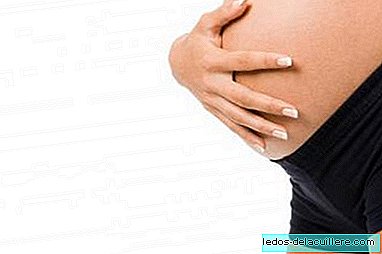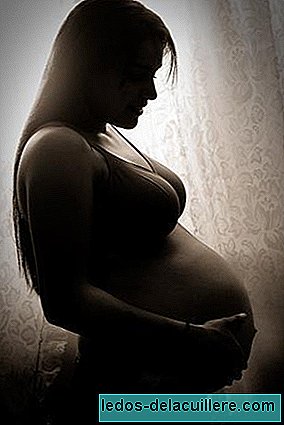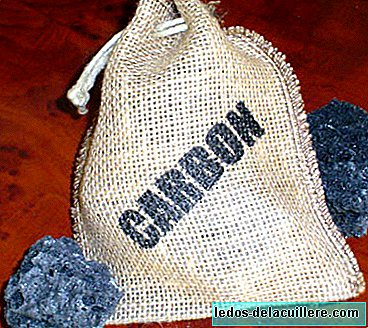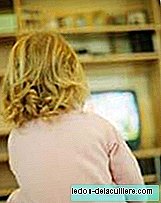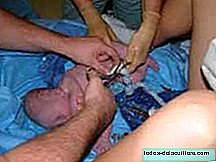
We have become accustomed to births occurring in hospitals and in such a medicalized way that we hardly think about how human beings have been born for millennia.
Nature, I will say it a thousand times, is wise, and, except for setbacks, it has endowed us with the appropriate biological mechanisms so that the arrival of the new being occurs, without interference, in a safe and perfect way. And circling at the time of the cut of the cord I thought that Nature, in this also, watches so that everything is planned and has its reason for being. I wonder then: When should the cord be cut?
What have we all seen in the movies the almost hysterical rush with which those who attend a delivery cut the cord? It seems that if the life of mother and son is not immediately done, they are in danger. But have you asked yourself if that is true?
The World Health Organization indicates that there is no scientific evidence to support the premature cord cutting Therefore, it is recommended that this practice be carried out with great caution. And there are more and more professionals and organizations that are advocating to change the protocols that govern our maternity homes and that this is not done.
Lets start by the beginning. I certainly can't imagine running like the ancestral midwives crazy to cut the cord when a child was born in the prehistoric caves. I don't think so, that didn't happen that way. Because, let's see, do other mammals have this pressing problem? None cuts the cord at the time of birth, and in cases where the cord is broken at birth, it is because the species is so programmed. Nor is this custom documented in historical or anthropological investigations. It is a new invention of Western medicine.
If other animals and human women since we exist as a species do not have or had to cut the cord right after the baby is born, perhaps it is not so necessary. And also perhaps, if we insist on doing something against the forecasts of Nature, it can even be harmful.
The cord has kept mother and son together, being the way in which the child receives food and oxygen from the placenta throughout pregnancy. While the cord is beating, this transfer of nutrients and oxygen continues, so the issue of cutting time can be very important.
Just as health professionals are in a dilemma about it, parents should also know what is best for us and our children. It is our responsibility not to delegate all decisions to the experts and, at least, to choose the maternity or professional that agrees with us. So to be sure of what we want, it is best to inform us widely.
Today the grip and cut is done in two ways:
- The first involves clamping and cutting immediately after birth. It is even the most widespread in our maternity homes.
- The second, which is defended by those who advocate a more natural birth, assumes that the clamping will take place at least three minutes or preferably when the cord has stopped beating.
What are the consequences that can be the moment of the cut of the cord for the physical health of the baby? Does this have any relation to the creation of emotional bond between mother and child? What is happening while the cord is still beating? I will try to answer these and other questions in the coming days.



